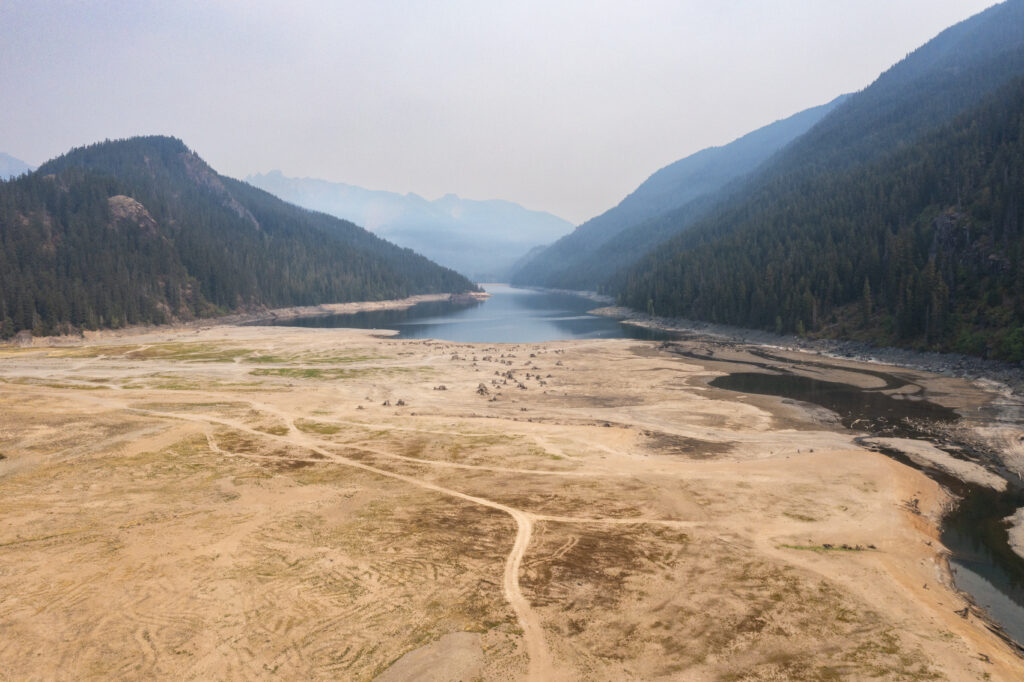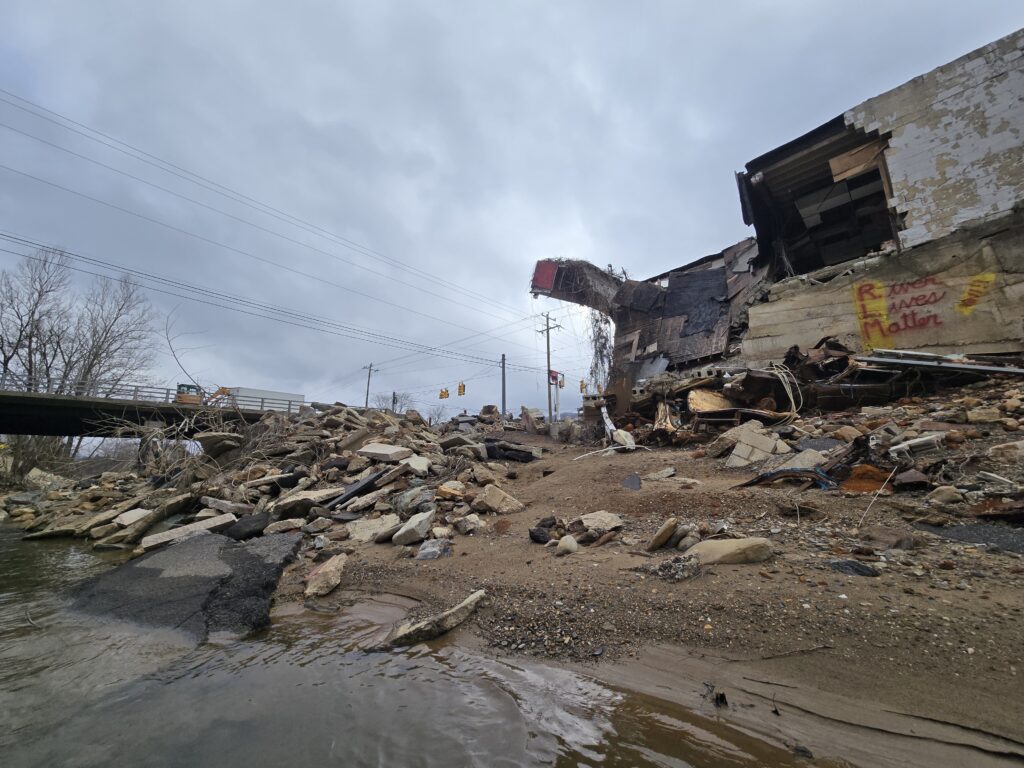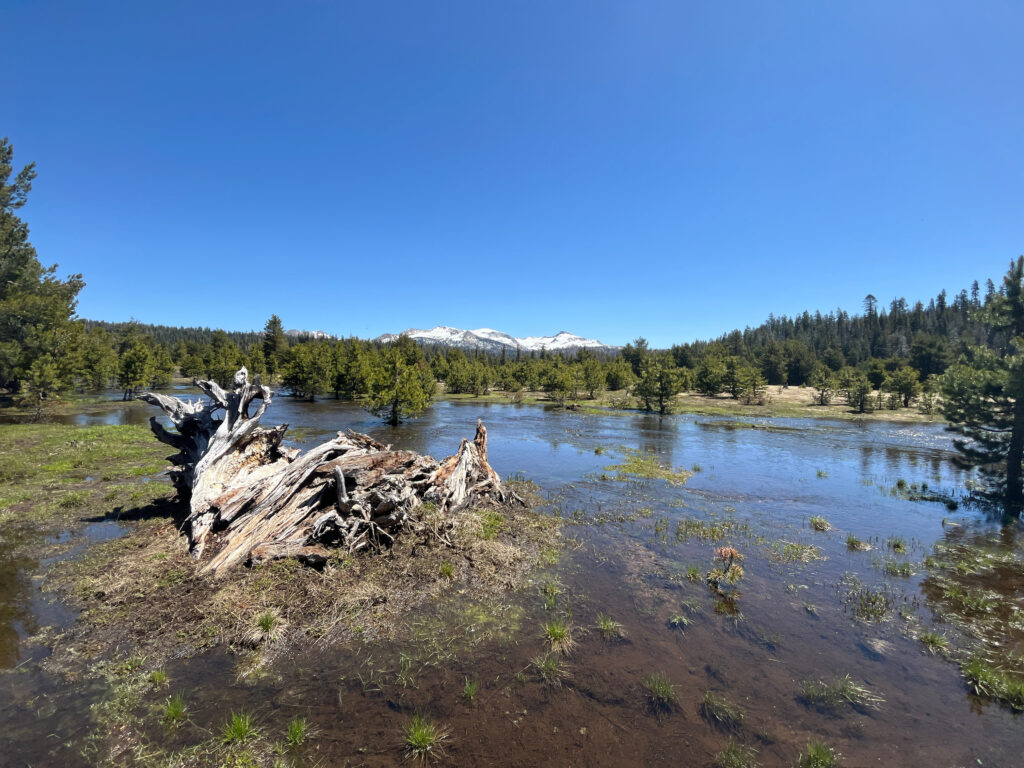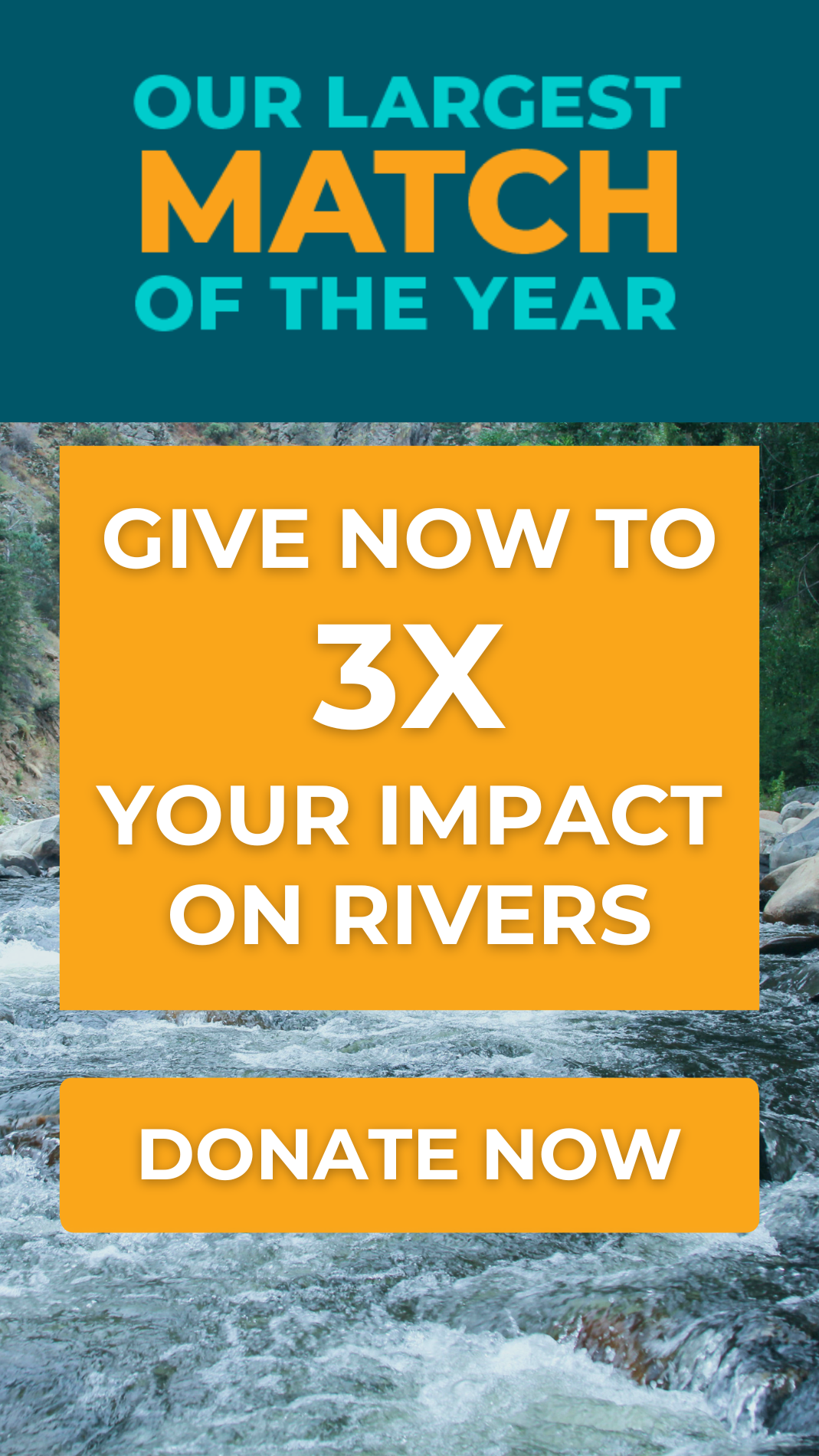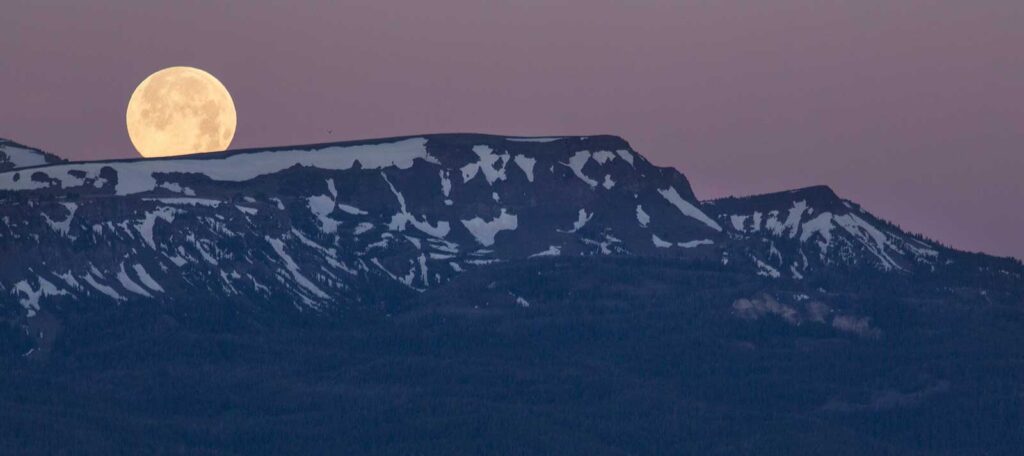
As an avid cross-country skier and all-around winter sports enthusiast, seeing a fresh blanket of snow in the Sierra Nevada is grounds for excitement. The snowpack is also great news for our rivers and water supply in California. But a hefty snowpack also means challenging conditions for monitoring winter greenhouse gas emissions in Sierra meadows, including sometimes digging through five feet of snow to access the meadow surface and collect samples.
Digging through winter snowpack is just one component of an ongoing project to monitor greenhouse gas emissions in several meadows in the Tahoe National Forest. This effort is being led by Nevada City’s South Yuba River Citizens’ League (SYRCL) as part of their Yuba Headwaters Restoration Program. The project is part of a larger meadow restoration and research effort called the Sierra Meadows Research and Restoration Partnership. The partnership includes 10 organizations/agencies (including American Rivers) pursuing restoration and coordinated monitoring on eight meadow complexes across the Sierra Nevada, in order to demonstrate whether restoring a meadow results in a net reduction in greenhouse gas emissions. The partnership received funding for this effort through the California Department of Fish and Wildlife’s (CDFW) Wetlands Restoration for Greenhouse Gas Reduction Grant Program, CDWF’s first distribution of funds from California’s cap-and-trade program.
As part of American River’s partnership with SYRCL through the Sierra Nevada AmeriCorps Partnership, once a month I work with employees, fellow AmeriCorps members, and volunteers from SYRCL to conduct the greenhouse monitoring at SYRCL’s restoration sites. It may be hard to imagine how we go about measuring gases—how do we trap invisible air and measure its contents? After hiking into the meadows (and digging snow in the winter months), we set up circular collars in the ground, attach “chambers”, or lids, and use a syringe to pierce the chamber and draw up gases. After emptying the syringe into a sealed container, we move onto the next flagged site, cycling through so that we visit each chamber three times, spaced out by 15-minute intervals. In addition to helping SYRCL with their monitoring, American Rivers is also partnering with the Sierra Foothill Conservancy to collect data for restoration at Bean Meadow in the Merced watershed.
So how does this project improve the health of rivers? By gathering data to show that meadows sequester carbon, government agencies and organizations may procure funding to further study and restore these areas. This will improve habitat for native plants, fish, and wildlife, in addition to increasing water storage capacity in the meadows. Meadows are often located in a river’s headwaters, influencing the health of the rest of the river downstream. In the Sierra Nevada, healthy, restored mountain meadows play a huge role in the clean water of our beautiful rivers, and provide resiliency in the face of climate change.
Check out the photos below to get an idea of how the monitoring works, and a list of some of the work American Rivers does to assess and restore mountain meadows.

